Hardly 12 hours had passed since the World Series ended. The smell of rancid champagne likely still permeated within the depths of the Yankee Stadium tunnels. The victors were probably still in the throes of a nasty but well-deserved hangover.
That’s when Jorge Soler got a call, having just finished a workout near his home in Miami. He was on the move to the Los Angeles Angels. The first blockbuster of the baseball offseason.
“It’s amazing how fast everything happened … I don’t know a whole lot about the team, but I’m good as of right now,” Soler said on Thursday morning through an interpreter.
The vast majority of the baseball world could appreciate watching Shohei Ohtani celebrate in the wee hours of Thursday morning, his normal stoicism shifting to a child-like giggle as he accomplished everything he could not in Anaheim.
But for the Angels and their fans, it was a very stark reminder of their failures. Both to field a winning club around him or to make anything resembling a competitive offer to re-sign him.
Shohei Ohtani.#WorldSeries champion. 🤩 pic.twitter.com/HeGJeQZWKs
— MLB (@MLB) October 31, 2024
It’s hard not to see this move in the context of what happened the night prior. It was a splash, one that drew attention away from the Angels’ mistakes, mistakes that led directly to the Dodgers’ success. It gives the fan base an injection of optimism, even if it doesn’t come as part of a plan for sustainable improvement.
“We’re going to be aggressive,” said Angels GM Perry Minasian. “ This is move No. 1. We expect there to be more moves.”
But with that declaration came little substance on how or where that improvement will come. Soler will earn $13 million from the Angels in 2025 and again in 2026. The Angels traded righty starter Griffin Canning, who was set to make a projected $5 million in arbitration. This trade will add to the Angels’ payroll.
When asked if Minasian expected a significant upgrade in payroll, from the $176 million spent last season, he didn’t have an answer. That’s because he doesn’t know.
“It’s going to be case-by-case,” Minasian said. “It’s going to go up. We’ll see what’s available to us. Arte (Moreno) and Carole (Moreno), they want to win. They want to be competitive.”
They may want those things. But this, of course, is a very flawed way for ownership to run an offseason. Having the framework of a budget is critical for how a GM will make decisions over the next six months.
It impacts even the smallest of decisions. Take for example lefty starter Patrick Sandoval. He’s projected to make nearly $6 million in arbitration next season. Knowing the budget would be critical in determining if that $6 million is best spent on an injured pitcher, who will miss most of 2025 but could be really good in 2026. Or if the smarter move is to cut ties and use those precious funds elsewhere.
It’s why the decision to add Robert Stephenson for three years and $33 million early last offseason makes no sense in retrospect. The Angels shed $40 million in payroll, but paid a set-up man $11 million a year? That’s a product of an owner forcing his GM to make decisions on the fly — eschewing any ability to formulate a strategy.
In a vacuum, adding Soler makes the Angels better. He’s got middle-of-the-order pop. But unless the Angels keep on spending, and adding a lot, he’s not nearly enough to turn the 63-win Angels into a playoff team.
Moreno, nonetheless, has given a mandate to be competitive in 2025. It’s the same playbook: Selling the fanbase on hope, acquiring enough names to provide it, but without the plan or infrastructure to see it through.
Minasian is going to need to get creative, and lucky. And if payroll won’t go back to 2023 levels, when they were in the range of the luxury tax threshold, it will likely require some more splashy trades.
The front office views players like shortstop Zach Neto, catcher Logan O’Hoppe and closer Ben Joyce as effectively off-limits in almost any trade scenario. But some of the unproven players in their system, like first-round pick Christian Moore and pitcher George Klassen, are not fully untouchable. And at least one would probably need to be included in any deal that nets a big return.
Moves like those could be coming. Possibly some free-agent acquisitions too. Minasian coyly ended his press conference on Thursday by saying, “Hopefully see you again soon.” Alluding to the possibility of more announcements.
The Angels don’t view Soler, 32, as primarily a DH, despite his rarely playing the outfield over the last two seasons. He’s known as a very poor defensive outfielder, worth minus-65 defensive runs saved over his career, according to FanGraphs, which also projects him to be worth just 0.7 WAR over his next two years.
He’s also shown some decline offensively over the past year. After hitting 36 homers in 2023, he hit 21 last year. His power stroke did come back after the Giants traded him to Atlanta. But he’ll turn 33 in the spring, and power numbers don’t often jump at that age.
While there are some question marks about how productive he will be, he’s probably still more valuable to them than Canning. They needed slug — he provides that. And Canning’s league-leading 99 earned runs allowed weren’t helping them win.
To assess how smart of a trade it is, however, it’s critical to know how much more the Angels can add. A question for which not even Minasian has the answer.
On Wednesday night the Angels and every other team watched Ohtani hoist the trophy. He wasn’t the sole reason the Dodgers won. But that’s kind of the point, isn’t it? The Dodgers built, established and maintained the infrastructure that allowed Ohtani to be the missing piece. They had an offseason plan and executed it.
The Angels, on the other hand, are operating on the “case-by-case” whims of an owner who wants to win, but hasn’t enabled a structure to allow that to happen.
(Photo of Jorge Soler: Todd Kirkland / Getty Images)



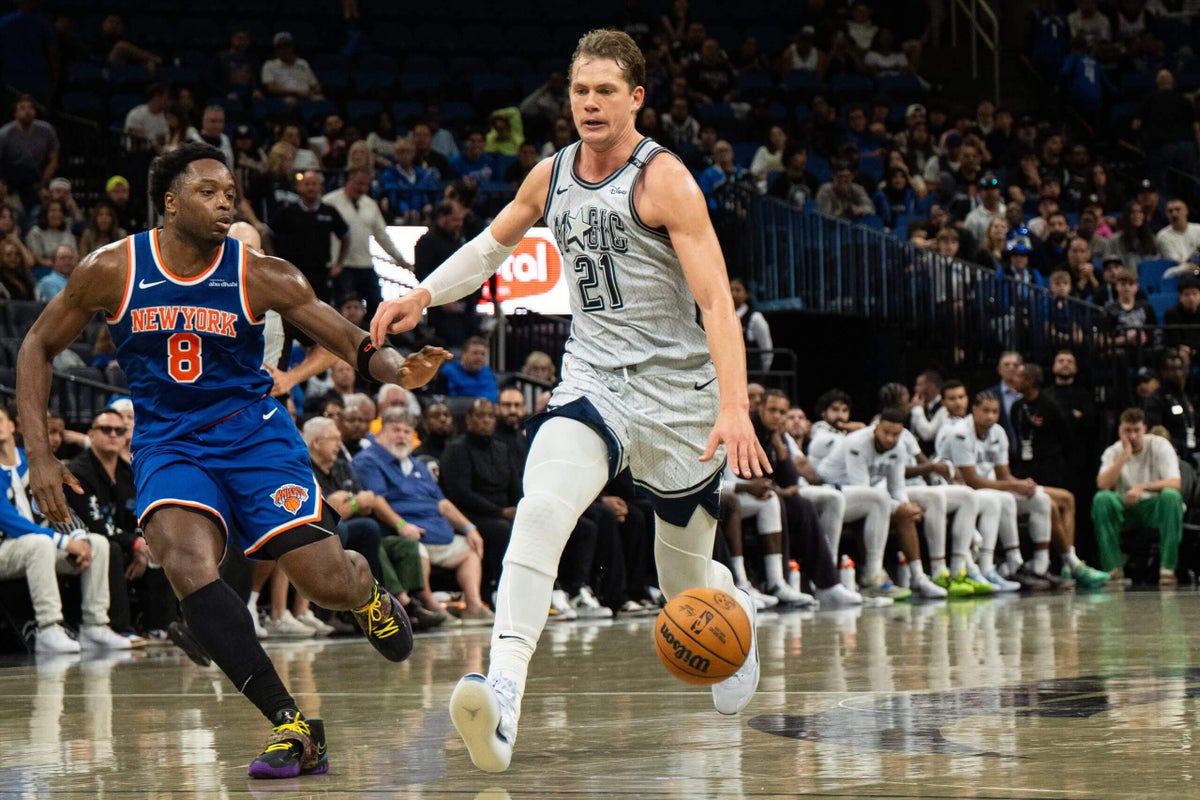

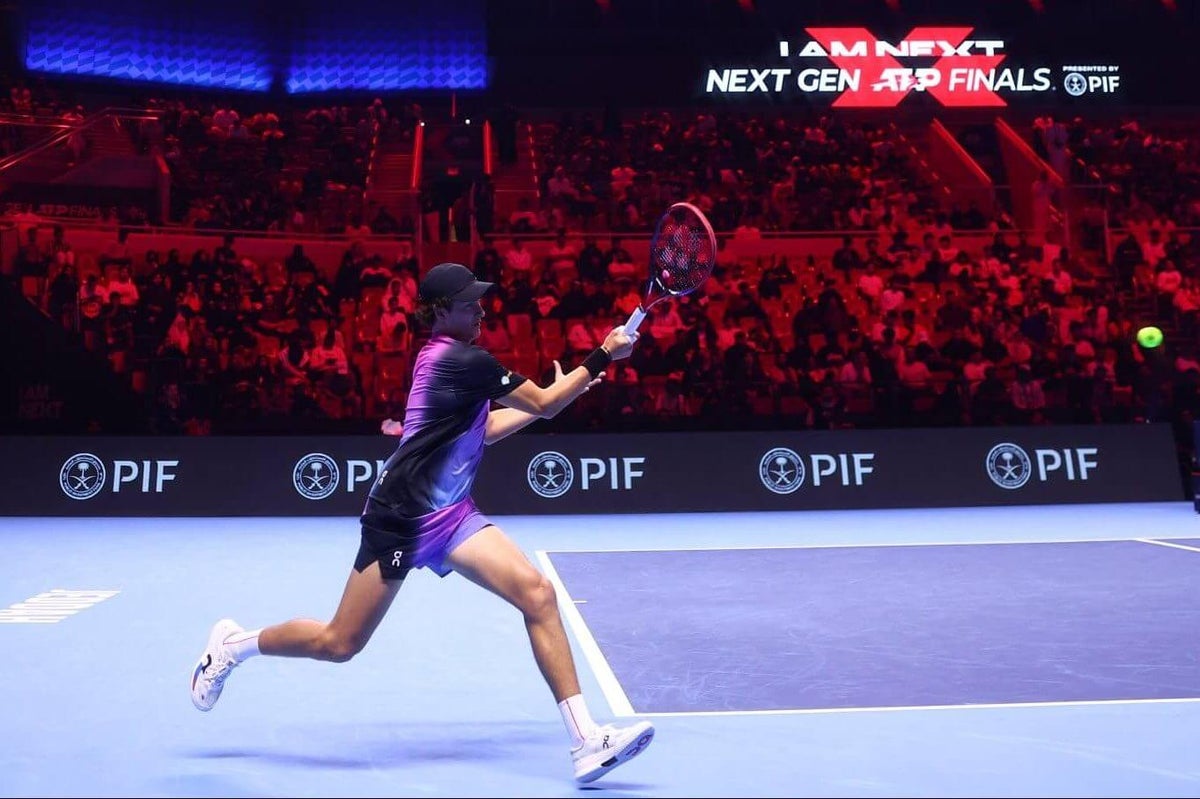
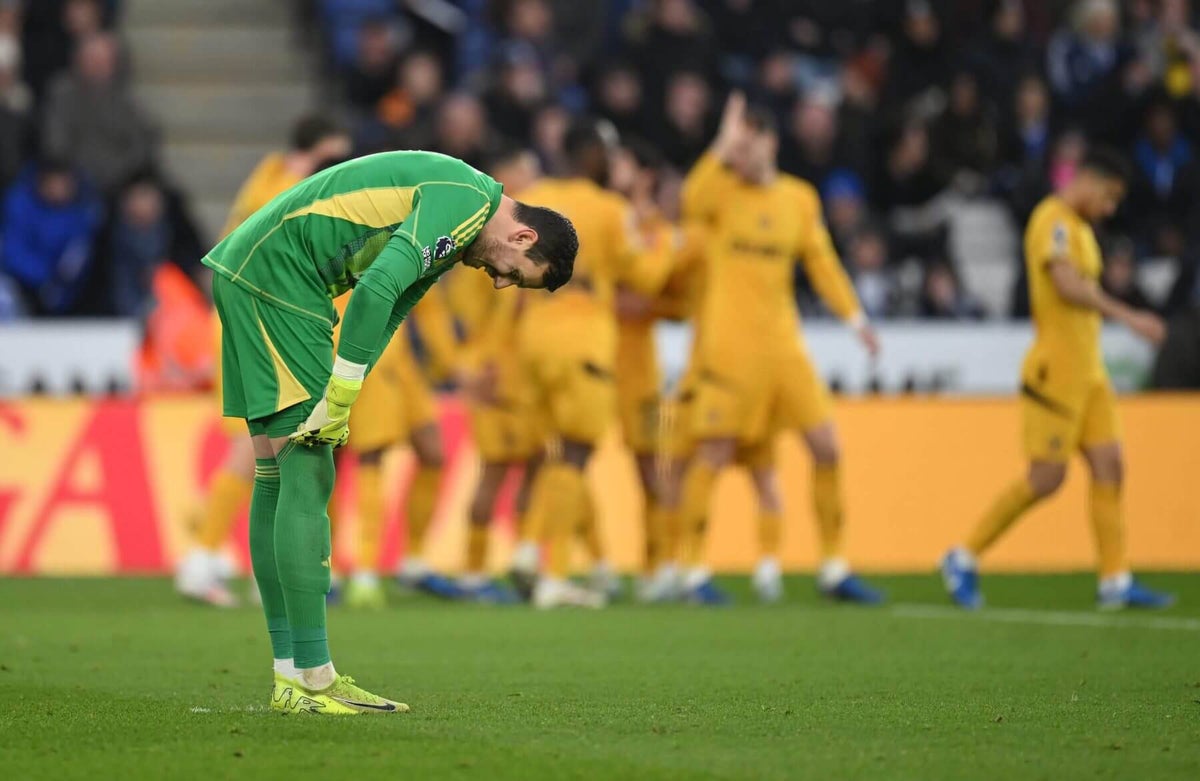
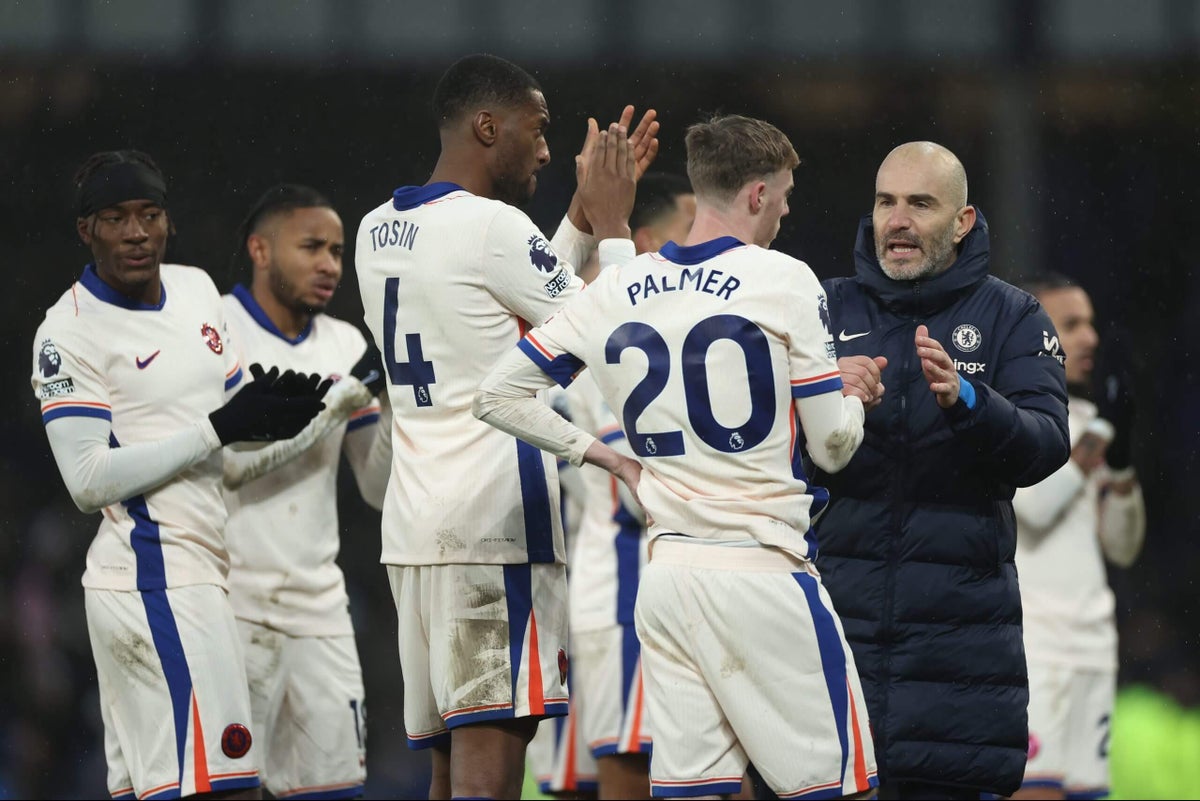


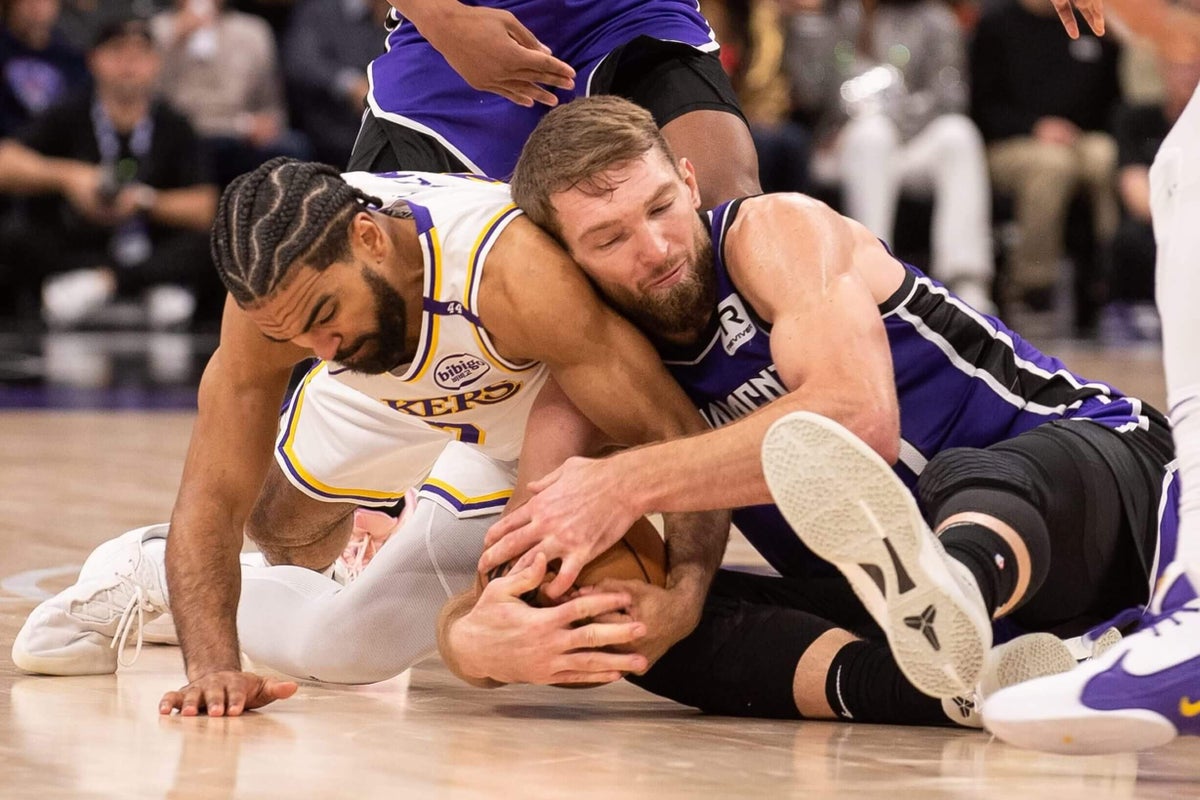
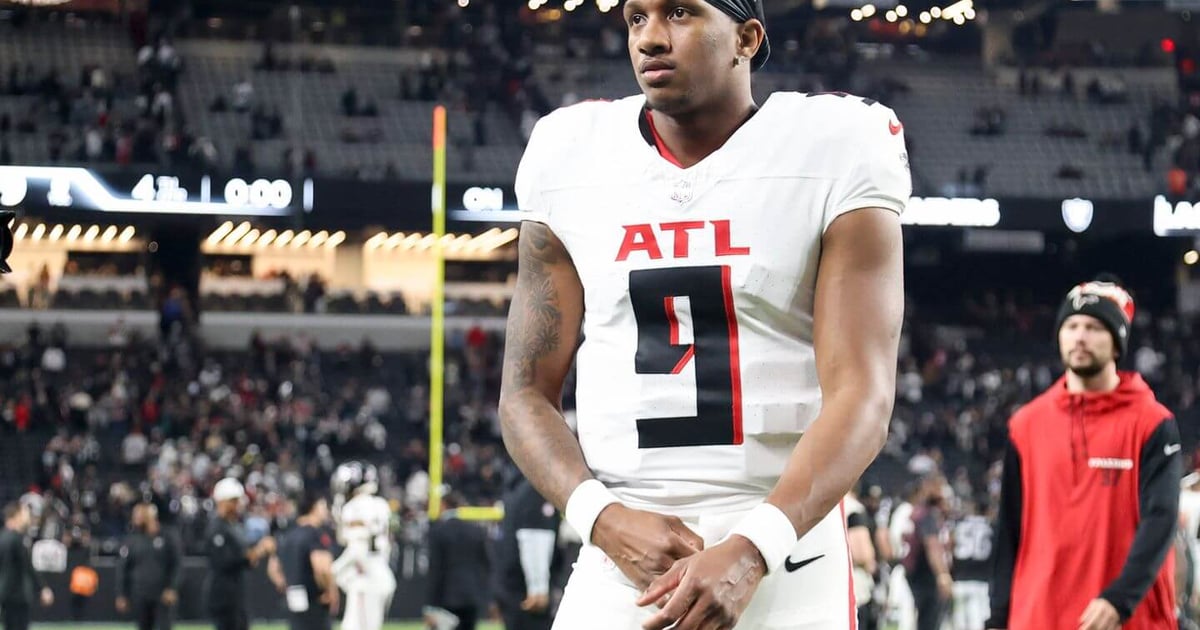


Leave a Reply